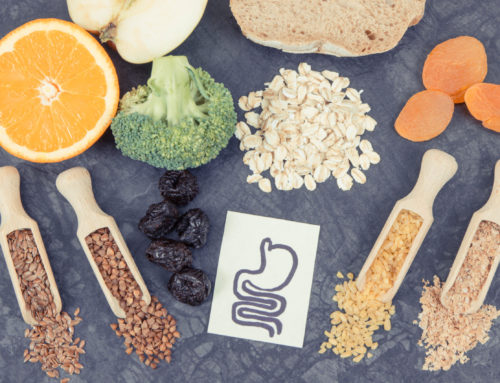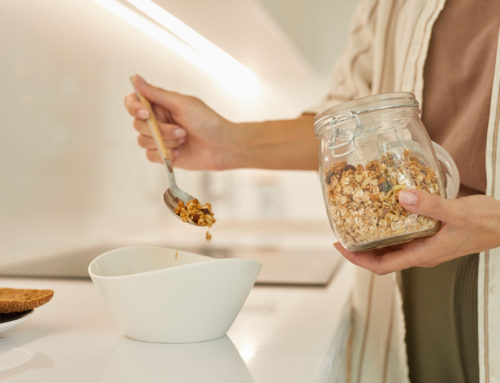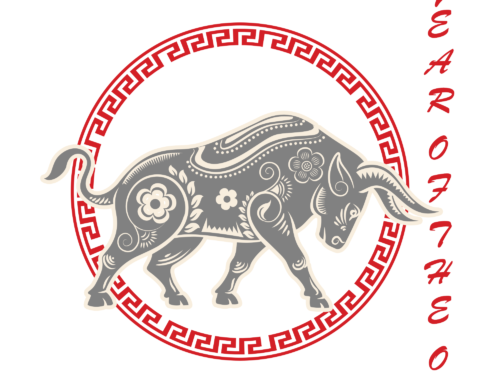Everyone has heard of the gnarled root resembling a parsnip.
It has a storied history dating back almost 5,000 years.
It’s use was reserved for royalty only and Chinese emperors were willing to pay its weight in gold.
Even today, wild Ginseng in the United States goes for upwards of $1000 a pound.
Wait… Ginseng is Ginseng, isn’t it?
Well, no…
There are two major Ginsengs you’ve probably heard about: American and Asian.
While they are both types of Ginseng, they are like two sides of the same coin.
Asian Ginseng has the ability to tonify Qi and invigorate Yang where American Ginseng has the ability to tonify Qi and nourish Yin.
Autumn signifies the shift towards the Yin season, which is associated with wind and dryness.
It’s a time to reflect more, enjoy quiet time and rest for the cooler Winter months ahead. We should shed the excess heat of the summer to help us flow comfortably into the Yin cycle.
This is why choosing the right Ginseng is so important.
How do you know which one is right?
Asian Ginseng nourishes your Yang, generates warmth, and stimulates you. Whereas American Ginseng nourishes your Yin, cools you down, and calms you.
By nourishing the Yin, American Ginseng helps the body generate and maintain fluids, especially in the Lungs and Kidneys.
And since the skin is associated with and an extension of the Lungs, nourishing the Lung Yin will nourish the moisture of the skin at the cellular level.
If you’re finding Autumn dry or you’re finding it hard to shed the summer heat and energy, you may want to take a look at American Ginseng.
We’ve included it in our Autumn Skin Support Combo to help fight the skin dryness associated with the season.
It’s not surprising when you think about how it’s cultivated.
Ginseng takes between five and seven years before it can be harvested and can’t be planted in the same field twice.
Traditionally all Ginseng originated in Asia, but in the early 1700’s a different type of Ginseng was discovered by westerners in North America.
It’s from the same family but it has very different properties.
Be well,
Dr. George








